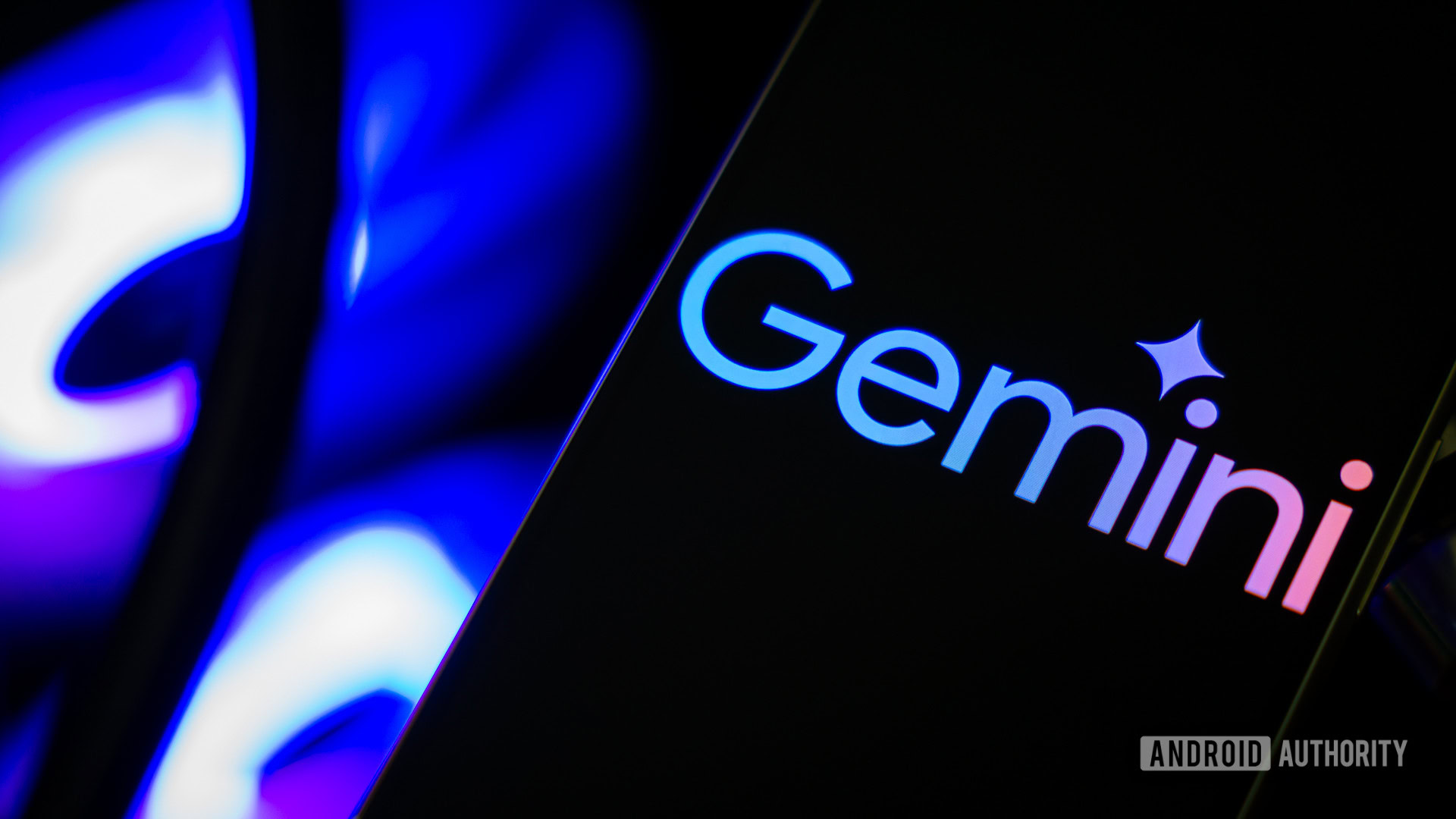Affiliate links on Android Authority may earn us a commission. Learn more.
Unlock Gemini's full potential: Google releases official 'Prompting guide'
Published onApril 10, 2024

- Google has published a new handbook for how to create the best prompts for Gemini in Workspace.
- The manual says there are four pieces of criteria you should consider when making a prompt: persona, task, context, and format.
- Prompts that are around 21 words long tend to have the most success.
To get the most out of a chatbot like Gemini, you need to know how to structure a prompt effectively. However, not everyone is an expert in this area. To help on this front, Google just published a crash course on the subject in the form of a 45-page handbook.
Titled “Prompting guide 101,” the manual is designed to help business users hit the ground running when using Gemini. Although the guide was made with Workspace in mind, the tips provided can help average users as well.
This guide focuses on a few different professions including executives and entrepreneurs, human resources, customer service, marketing, project management, and sales. Notably, the handbook highlights four pieces of criteria you should consider as you’re thinking up your prompt.
- Persona: Who are you
- Task: What do you want the AI to do (summarize, change the tone, etc)
- Context: Give details
- Format: Bullet points, character count limits, and so on
You can see in the excerpt below, all four details are included in the prompt.

The handbook further adds that prompts should be naturally written with “complete thoughts in full sentences.” It also advises that you should follow up on any output with follow-up prompts. According to the company, the “most successful prompts average around 21 words.” Finally, it warns that users should review results to “ensure clarity, relevance, and accuracy.”
At the end of the handbook, Google offers a few additional tips users can follow:
- Break it up. If you want Gemini for Workspace to perform several related tasks, break them into
separate prompts. - Give constraints. To generate specific results, include details in your prompt such as character count limits
or the number of options you’d like to generate. - Assign a role. To encourage creativity, assign a role. You can do this by starting your prompt with language
like: “You are the head of a creative department for a leading advertising agency …” - Ask for feedback. In your conversation with Gemini at gemini.google.com, tell it that you’re giving it a project, include all the details you have and everything you know, and then describe the output you want. Continue the conversation by asking questions like, “What questions do you have for me that would help you provide the best output?”
- Consider tone. Tailor your prompts to suit your intended audience and desired tone of the content.
Ask for a specific tone such as formal, informal, technical, creative, or casual in the output. - Say it another way. Fine-tune your prompts if the results don’t meet your expectations or if you believe
there’s room for improvement. An iterative process of review and refinement often yields better results.
This was just a quick overview of what the Prompting guide handbook covers. But you can see the whole thing by downloading the guide for yourself.